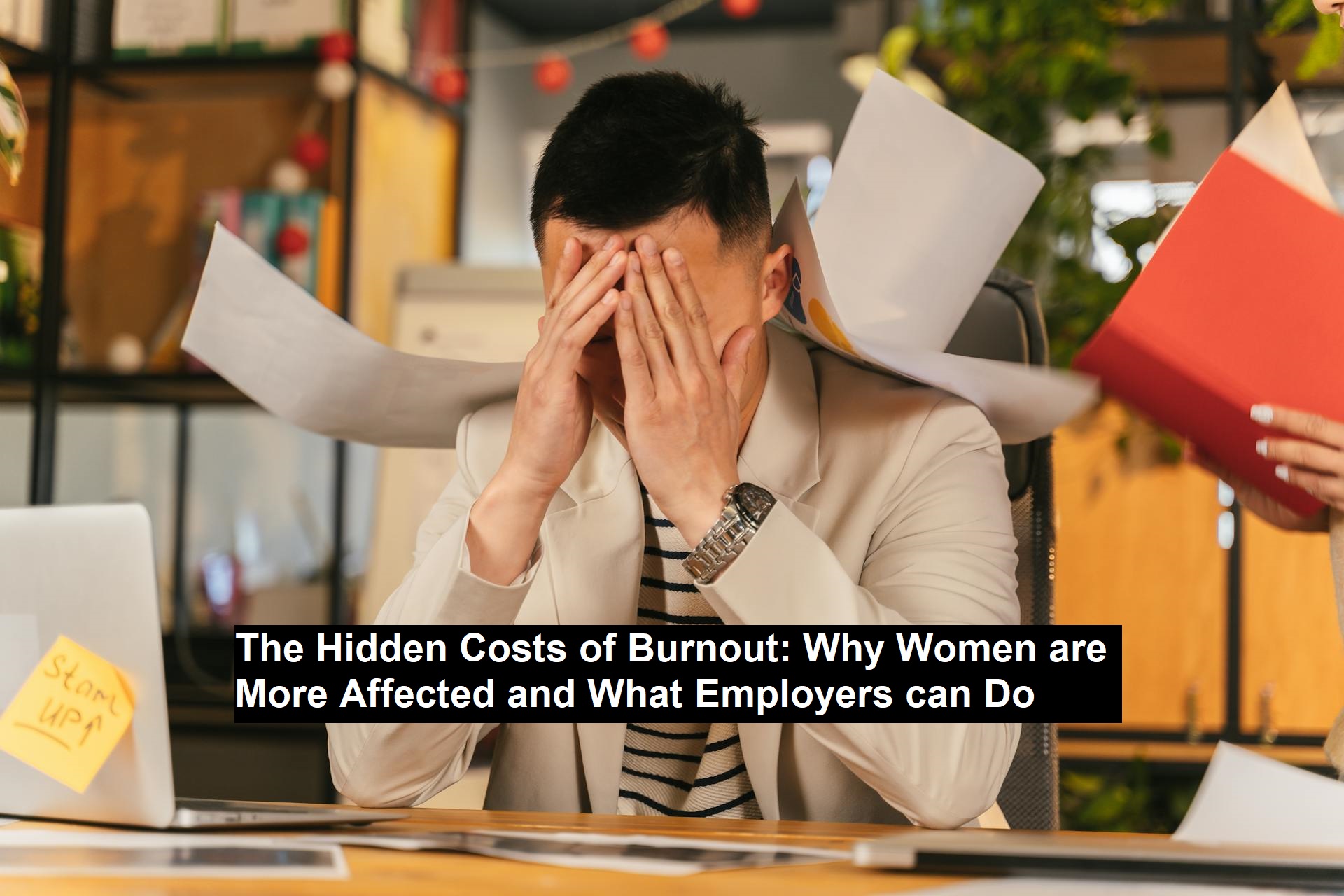The Hidden Costs of Burnout: Why Women are More Affected and What Employers can Do
Employee burnout is an escalating concern that transcends industries, affecting workers universally, regardless of gender or job function. Recent studies, however, reveal a troubling pattern: a growing number of women are experiencing burnout at rates higher than their male counterparts.
While remote work has provided much-needed flexibility, it has also introduced challenges that disproportionately burden women. Factors like increased caregiving duties, evolving job expectations, and blurred work-life boundaries have intensified burnout among female employees.
This issue doesn’t just undermine individual health; it also threatens organizational stability. Many women are now exploring new job opportunities to escape burnout, while others are taking extended leaves for mental health care.
Read: Best Profitable Chemical Business Ideas
Employers must take proactive steps to address this issue. Reexamining policies to ensure fairness and equity is a crucial starting point. Regular employee check-ins can help spot burnout early, which lead to a faster turnaround in creating a supportive workplace culture. Investing in targeted programs for burnout prevention and management is equally essential.
Addressing The Gender Gap In Employee Burnouts was created by Workplace Options, an organization offering corporate wellness solutions
For more on how to close the gender gap in employee burnout, check out the additional resources linked to this post.
